Hybrids are yesterday’s news.
If you’re looking for a combination powertrain in 2025 you want a ‘Super Hybrid’. This is the Chinese car industry’s term for what is more commonly known as a plug-in hybrid, but they are all the rage among car brands as they rush to simultaneously cut emissions and keep buyers.
The Geely Starray EM-i is the latest addition to a growing number of Super Hybrids available in Australia, joining the BYD Sealion 6, MG HS, Jaecoo J7, Omoda 9 and the Mitsubishi Outlander PHEV (which doesn’t have the fancy name but has the same tech).
This is Geely’s second entry into the Australian market, following the similar-sized but all-electric EX5 earlier this year. While it’s a new brand to Australia, Geely is an automotive giant, it’s so big in China it has been able to expand its global reach. Its parent company, also called Geely, has an ownership stake in Volvo, Polestar, Lotus, Zeekr, Proton, Smart, Lynk & Co. and Aston Martin.
But none of that really matters when you’re buying a car. So, how does the Starray stack up on its own merits? Is it a compelling new addition or just another forgettable offering in an increasingly crowded mid-size SUV market?
Geely Starray Em-I 2026: Complete
| Engine Type | Inline 4 |
|---|---|
| Fuel Type | Premium Unleaded/Electric |
| Fuel Efficiency | 2.4L/100km (combined) |
| Seating | 5 |
| Price From | $37,490 |
Price and features – Does it represent good value for the price? What features does it come with?
9 / 10
As a mid-size SUV the Starray EM-i (which stands for E-Motive Intelligence) finds itself up against a wide variety of mid-size SUVs, including the popular Toyota RAV4, Kia Sportage and Hyundai Tucson hybrids, as well as the BYD Sealion 6, Chery Tiggo 7 and MG HS super hybrids.
To make sure the Starray stands out for more than just its name, Geely is hitting the market with a very sharp value proportion.
The Starray starts from just $37,490 (plus on-road costs), undercutting the BYD and MG, but not the Chery, which offers a drive-away price of $39,990. However, that’s for Geely's entry-level Complete variant, with the higher-grade Inspire starting at $39,990 plus on-road costs, to arguably make an even better value argument.
Standard equipment for the Complete includes 18-inch alloy wheels, LED headlights and tail-lights, keyless entry and ignition, power adjustable front seats with heating and an infotainment system run through a 15.4-inch display.

While the Inspire adds 19-inch alloys, a panoramic sunroof, power tailgate, ambient interior lighting and a 16-speaker, 1000-watt premium sound system to really ram home Geely’s value push.
Design – Is there anything interesting about its design?
6 / 10
Geely is very proud of the Starray, of course, and the company gave a very detailed presentation on the thought behind the design - involving aerodynamics, Chinese ceramics and a video that appeared to show a Geely spaceship releasing the Starray into a barren landscape.
But to be perfectly honest, I wouldn’t know how to describe it to you. The Starrary is a very generic looking car to my eyes, at least. Of course it’s subjective, and there is a clear visual connection between the Starray and the EX5, which is nice. But it just doesn’t have any real visual impact that makes it stand out.
It’s the automotive equivalent of a blank expression. Maybe it’s because the brand is so new, but if you removed the badges, there’s nothing about the Starray that screams ‘I’m a Geely’, and it could be a car from any number of brands.
By comparison, there is a distinctive visual style to Geely’s rivals, namely BYD, both externally and internally, to give it character. Obviously the same is very much true for bigger brands like Hyundai, Kia and even Toyota.

Perhaps with more time Geely will make more of a design impact on our market, but for now it’s hard to say it really has any standout design elements.
.png)
Practicality – How practical is its space and tech inside?
8 / 10
The one area the designers do deserve a lot of credit for is the roomy cabin. Too often modern electric or hybrid SUVs compromise interior space in the name of aerodynamics, but the Starray has generous interior space.
The front seats are comfortable and roomy, but more impressive are the rear seats. They not only offer good kneeroom and head clearance, but the seats themselves are comfortable and supportive.
As for cargo space, the boot has 428 litre of space, which is on par with BYD Sealion 6, but smaller than the 507 litres offered by the MG HS. Space can expand to 2065 litres with the second row dropped to load larger items.
Despite the modest boot capacity, the Starray doesn’t come with a full-size spare wheel, or even a spacesaver, and instead you have to make do with a tyre repair kit.
In terms of the multimedia system, there’s a huge 15.4-inch display that takes up a lot of space, and does look like someone just glued a big iPad to the dashboard. Then there’s the increasingly common 10.2-inch rectangular digital instrument display ahead of the steering wheel.
While this setup is highly functional, it does add to the generic design mentioned earlier. It also lacks any meaningful physical buttons, with the key audio and air-con functions all housed in the giant centre screen.
Standard on both Starray grades is Geely’s Connected Services, which includes a voice assistant, 4G connectivity, live traffic updates for the in-built sat-nav, over-the-air updates, as well as online streaming, remote vehicle functions and access to Geely’s own app store.
The over-the-air updates are important, because it will allow the company to change the car over time. For example, at launch it includes wireless Apple CarPlay, but Android Auto won’t be wireless until an over-the-air update early in 2026.
The Inspire features a premium sound system from Geely’s own Flyme brand, and it’s impressive. The 16-speaker, 1000W system is powerful and offers good clarity, so it’s worth the extra spend on the higher grade on its own.
Under the bonnet – What are the key stats for its engine and transmission?
7 / 10
There is no mechanical difference between the Starray Complete and Inspire. Geely has developed a new naturally aspirated 1.5-litre four-cylinder petrol engine that pairs with an electric motor for a combined output of 193kW.
Power is sent to the front wheels only, with no all-wheel drive option.
There are three driving modes - Pure, Hybrid and Power - with the former able to lock the car into EV-only driving, while the latter is able to combine the electric and petrol engine for maximum performance.
Even so, Geely’s 0-100km/h claim is only a modest 8.0 seconds and has a limited top speed of 170km/h, which is fine for Australian conditions.
Efficiency – What is its fuel consumption? What is its driving range?
7 / 10
The electric motor is powered by an 18.4kWh lithium-iron phosphate battery, which provides a claimed EV-only range of 83km, which is good for a PHEV but no longer class-leading, with some now pushing into triple digits.
Thanks to the hybrid assistance, fuel consumption is rated at just 2.4L/100km, on the combined cycle. It’s worth noting that both of those figures are to the WLTP test cycle, not the more generous Chinese testing protocol.

With a 51-litre fuel tank and the 83km EV mileage, Geely claims a total combined driving range of 943km. However, as always, we must point out that it is not really possible to achieve that 2.4L claim once the battery is depleted.
One handy feature of these plug-in hybrids with the bigger batteries is the vehicle-to-load or V2L functionality, which allows you to draw power from the battery to power small electrical devices, such as laptops or camping equipment.
Driving – What's it like to drive?
6 / 10
The good news is Geely gave the Starray a different ride and handling tune to what it offers in the Chinese market. The bad news is it’s the European tune.
Australian and European roads couldn’t be more different, with ours offering more potholes, bumps, dips, cracks and other imperfections that require more compliance than what’s needed for Europe’s typically smoother, less wrinkled roadways.

It means the Starray feels too firm for our back roads, but equally lacks body control at times too, so it’s not the most enjoyable SUV to drive on a winding country road. Around town the ride can get busy at times, but overall it feels better at lower speeds.
Just as importantly, the powertrain does a nice job in both conditions. It offers reasonable performance for this type of SUV, feeling slightly off the mark and effortlessly swapping between the electric motor and petrol engine.

We drove in EV mode initially and noticed the battery drained significantly in a short period, raising doubts about its ability to go 83km. However, as we switched to hybrid mode, we’ll have to reserve judgement and give Geely the benefit of the doubt when it comes to EV range.
Long story short, if Geely is serious about winning over Australian buyers, investing in local ride and handling tuning would help elevate the Starrary from just another imported SUV to something more memorable.

Warranty & Safety Rating
Safety – What safety equipment is fitted? What is its safety rating?
5 / 10
Geely has tried to tick all the important boxes on the safety front. In terms of passive protection the Starray has seven airbags, crucially including a centre airbag between the front occupants, which is considered necessary to achieve a five-star ANCAP score in an SUV this size.
The Starray EM-i does not currently have an ANCAP rating, however the EX5, with which it shares a platform, carries a maximum five-star rating.
As for the increasingly important active safety, there’s a comprehensive list, including autonomous emergency braking (AEB), adaptive cruise control, rear cross-traffic alert, lane keeping assist and a host of other systems reduced to a series of complicated acronyms.
However, like so many new models, while it ticks the boxes, the real-world application of these technologies is still a work-in-progress.

In particular the 'Intelligent Cruise Control' is poorly calibrated and brakes heavily for any sort of bend in the road, which is awkward and bordering on dangerous. On the freeway the Starray repeatedly slowed dramatically on gentle curves, at times wiping off more than 20km/h, leaving us feeling exposed to a potential collision from behind.
The driver attention system is another that needs more work. It’s bordering on hyperactive, sometimes activating when all you do is glance across to the central screen for a second or two. That’s not only irritating but leads you to turn off the system, thereby rendering it redundant.
In its defence, Geely is hardly alone in this department safety authorities - for now - continue to ignore real-world usage, but it’s still something the brand must address.
Ownership – What warranty is offered? What are its service intervals? What are its running costs?
8 / 10
As Geely and many other new brands are learning, it’s easy to launch a new model into Australia, but it’s a whole different story to deal with the aftersales care - servicing, warranty, etc.
“We want to ensure every day with Geely is a good day,” said Li Lei, CEO of Geely Australia.
To that end, Geely has partnered with some of Australia’s biggest dealer groups to quickly expand to 47 dealers in less than 12 months. At the same time it has built two Parts Distribution Centres in Australia and has 135 service venues, to ensure if anything does go wrong with an owner’s car it can be fixed and returned as soon as possible.

Geely is offering a seven-year/unlimited kilometre warranty for the Starray EM-i, along with an eight-year warranty of the battery pack.
Servicing is annually or every 15,000km, whichever comes first, and with Geely’s Hybrid Assured Service Pricing you will pay $1932 over the first five years.
If you take up that offer and service with Geely, the company will also include seven years of roadside assistance too.
Verdict
While it has a few quirks and flaws, there is a lot to like about the Starray. For starters, the value it offers at its price point is excellent and will really put pressure on its competition. The design may lack flair, but it does have a roomy cabin with a good multimedia system, so it’s family friendly and easy to live with.
Yes, it could do with some refinement of its on-road manners and driver assistance features, but for the value it offers and the frugal powertrain, it will no doubt find plenty of buyers who enjoy its substance and not just its memorable name.
Note: CarsGuide attended this event as a guest of the manufacturer, with meals and accomodation provided.





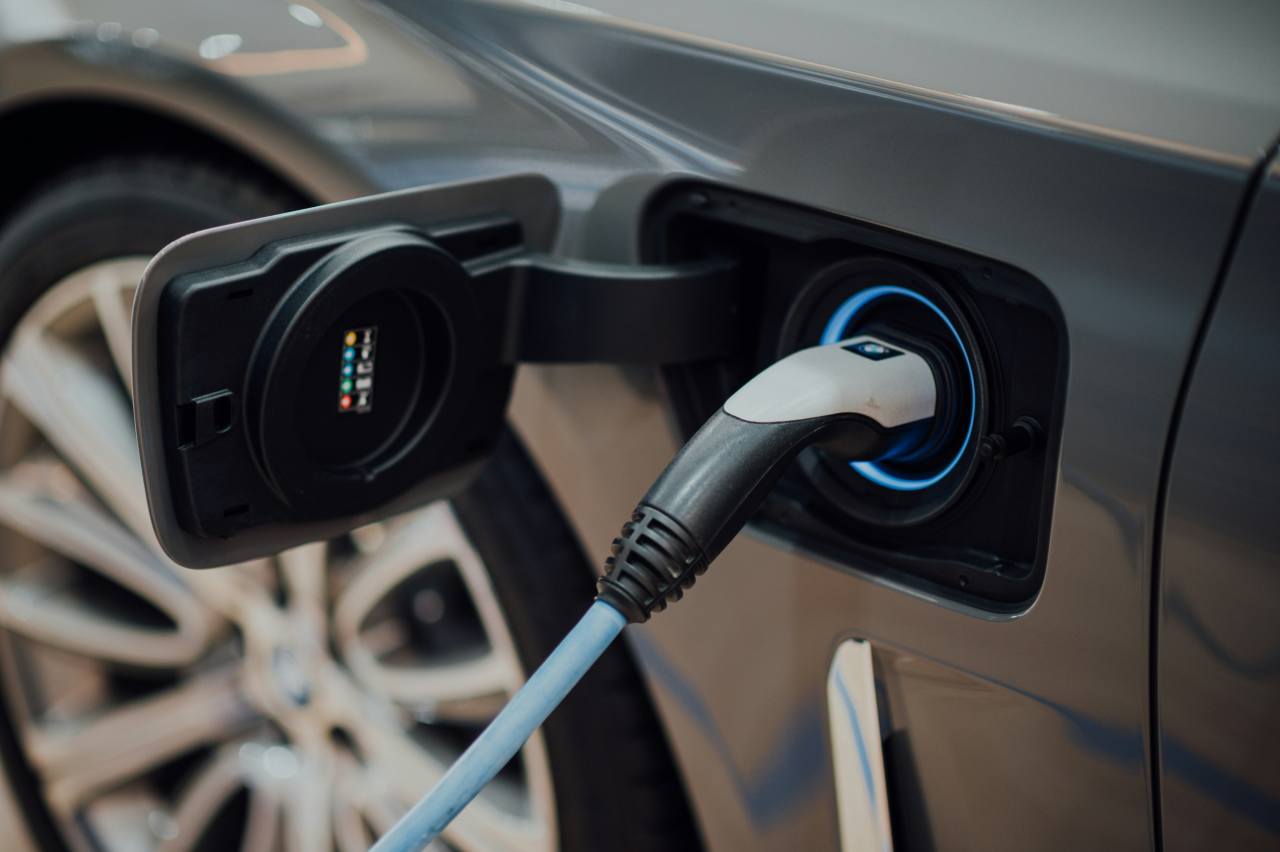

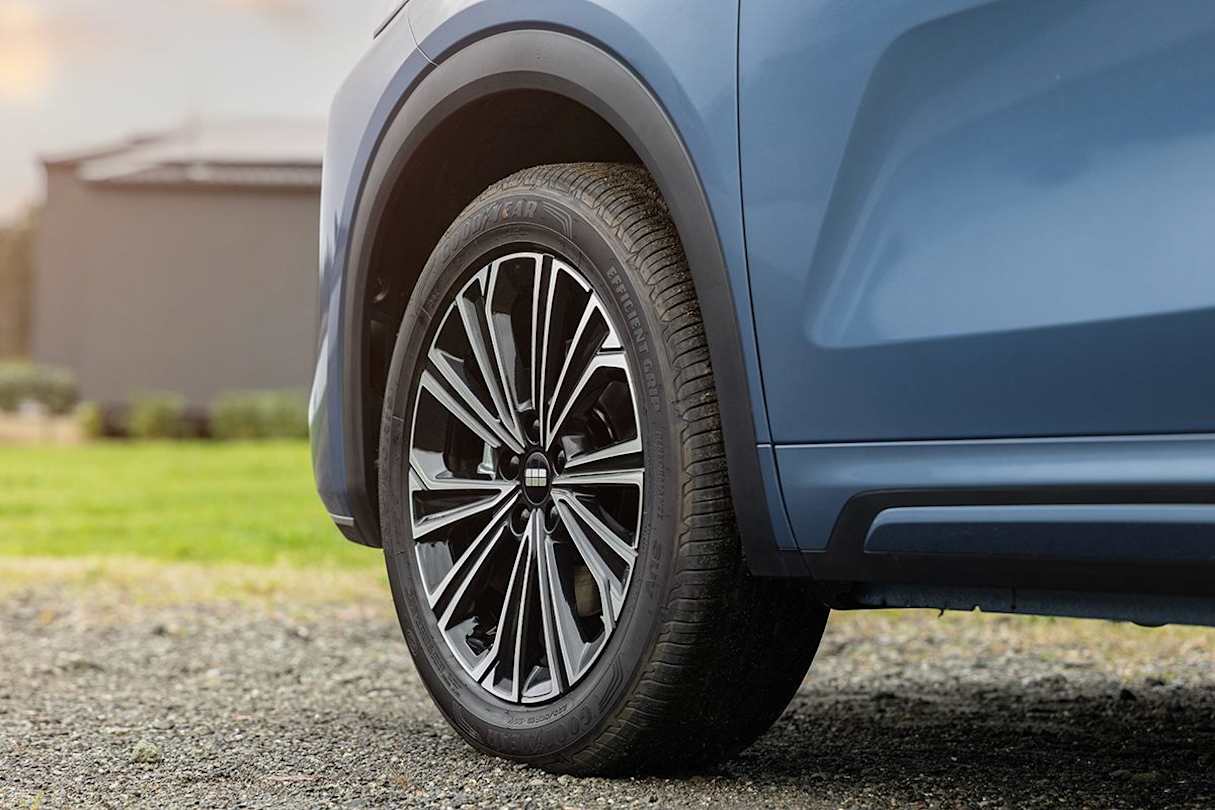
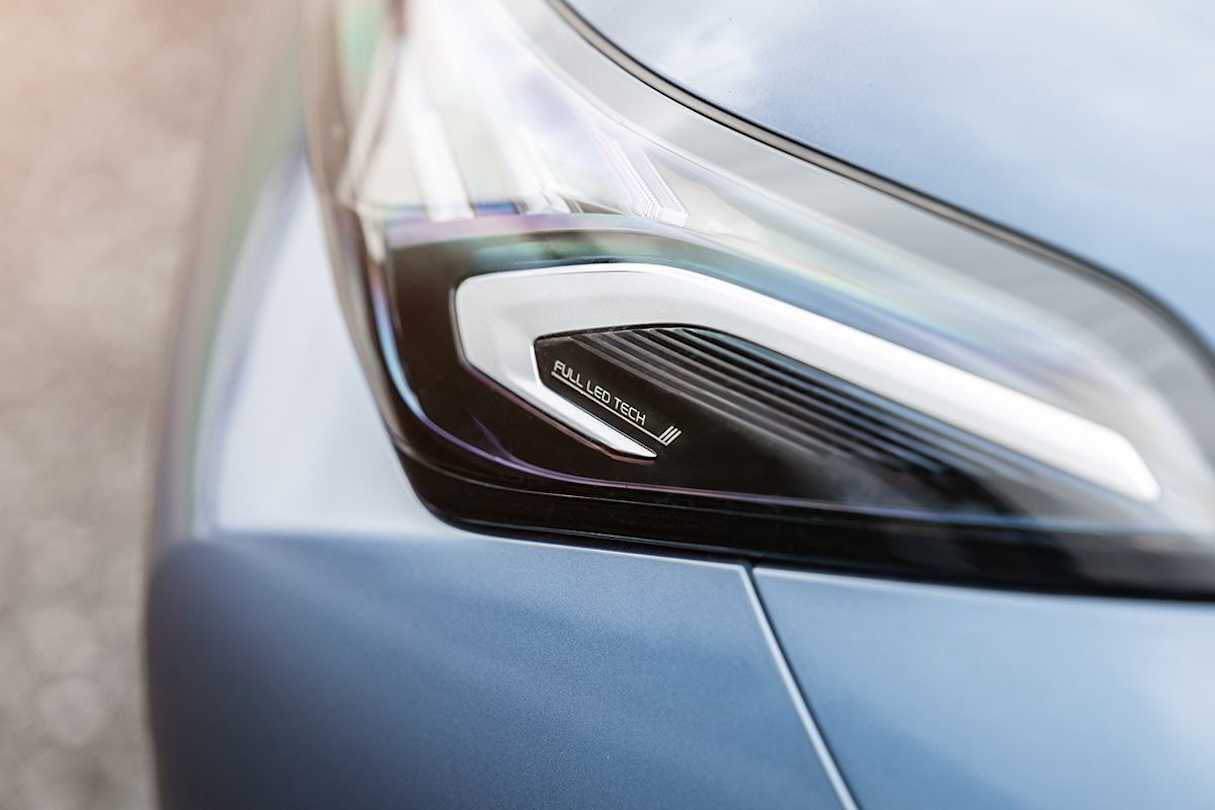
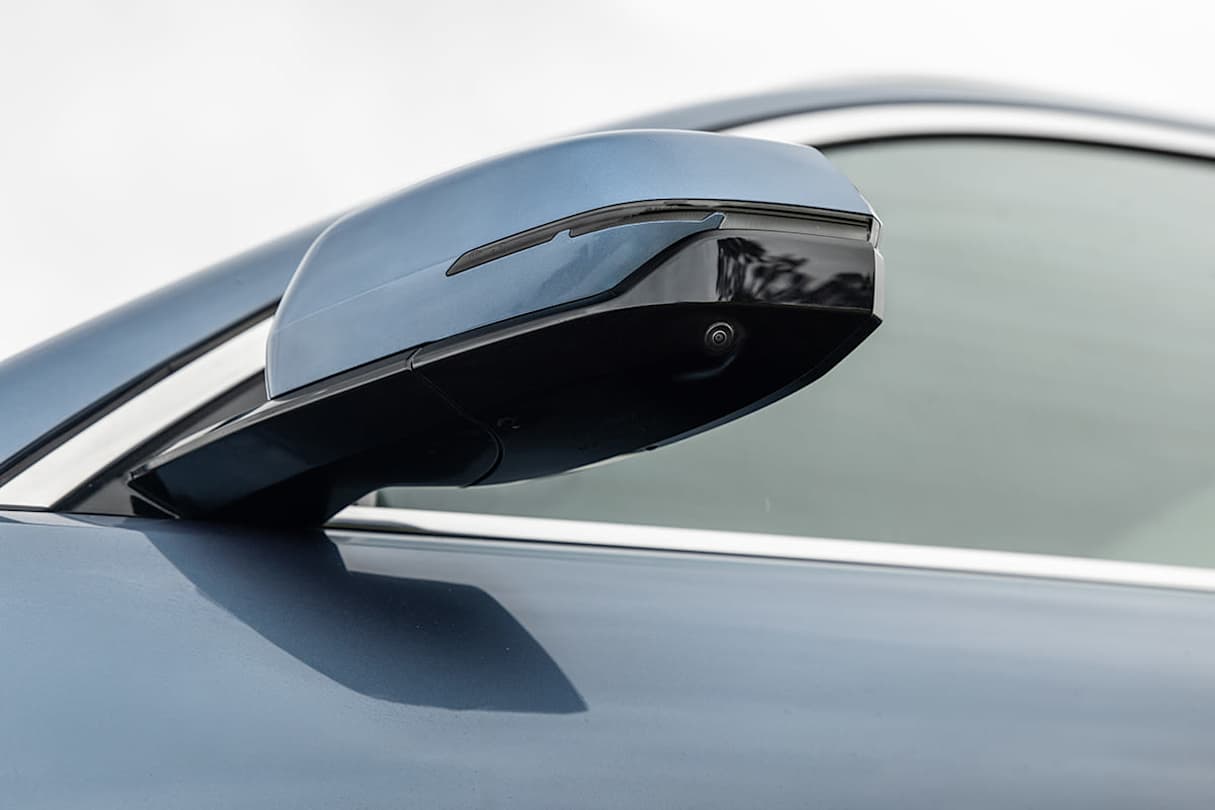



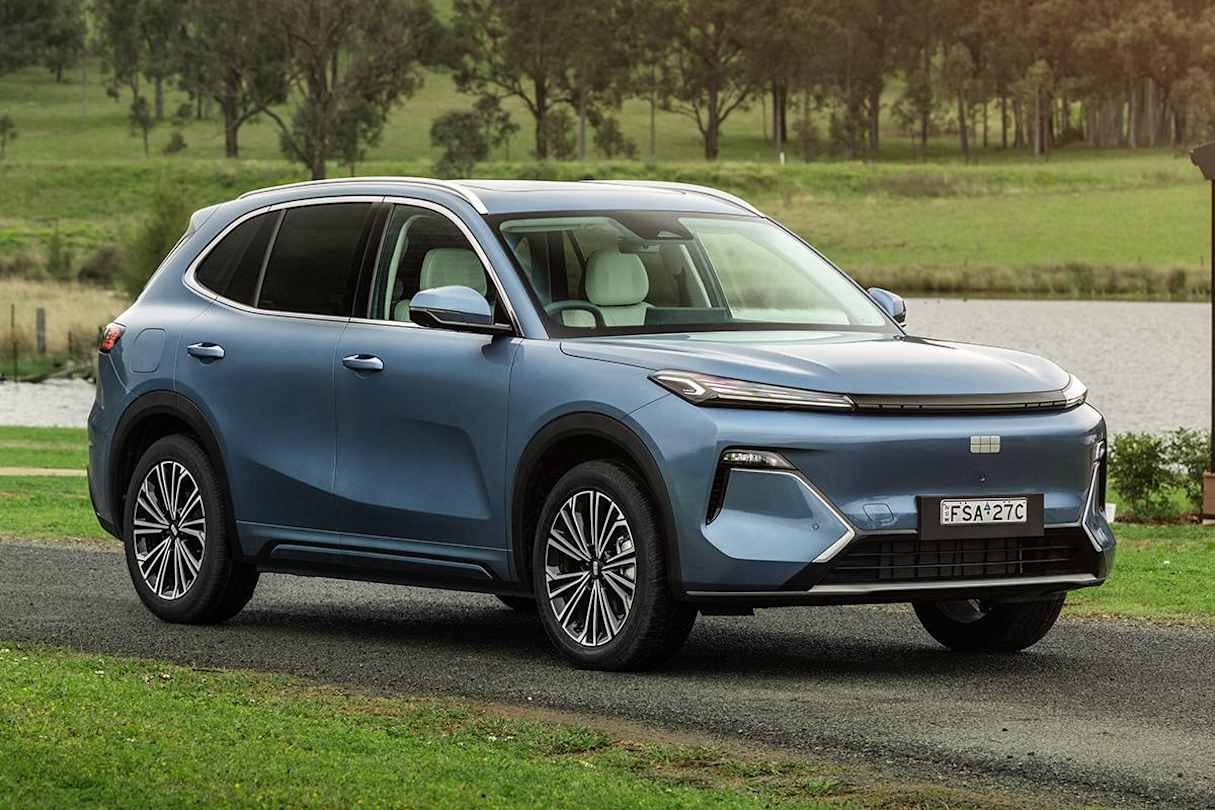
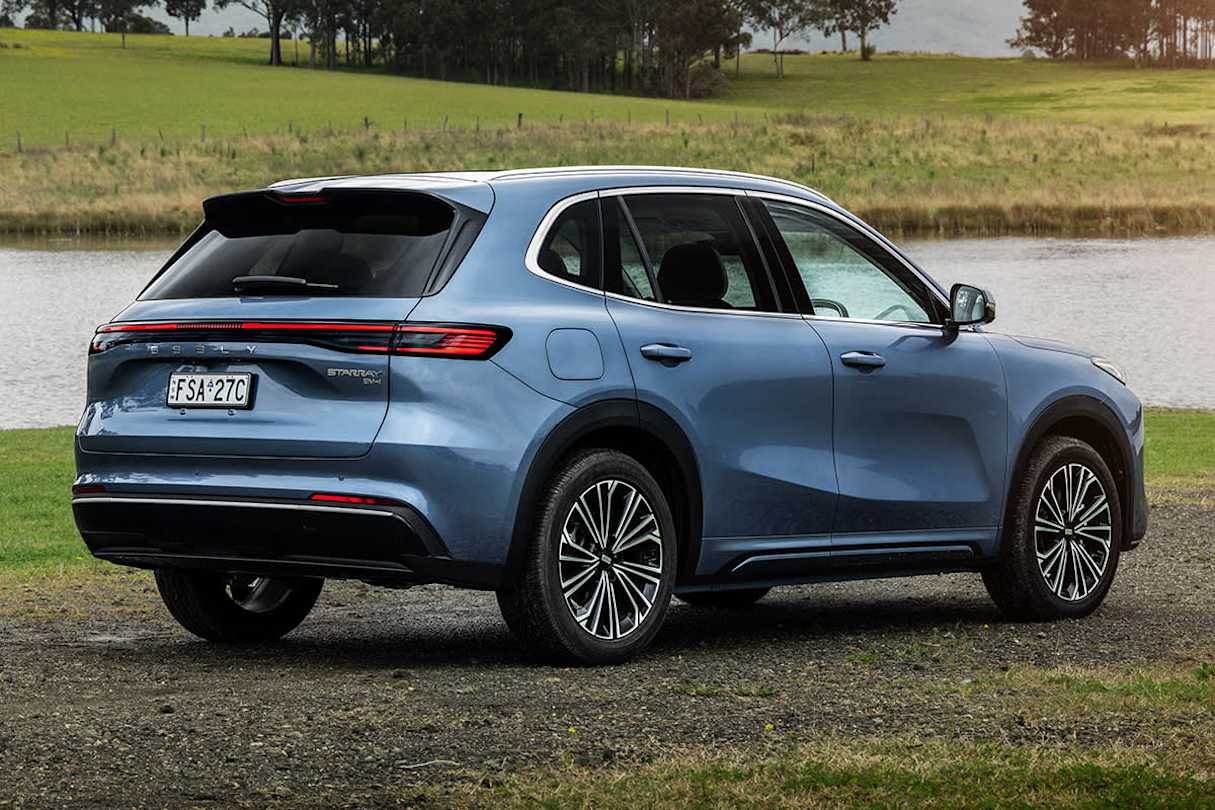
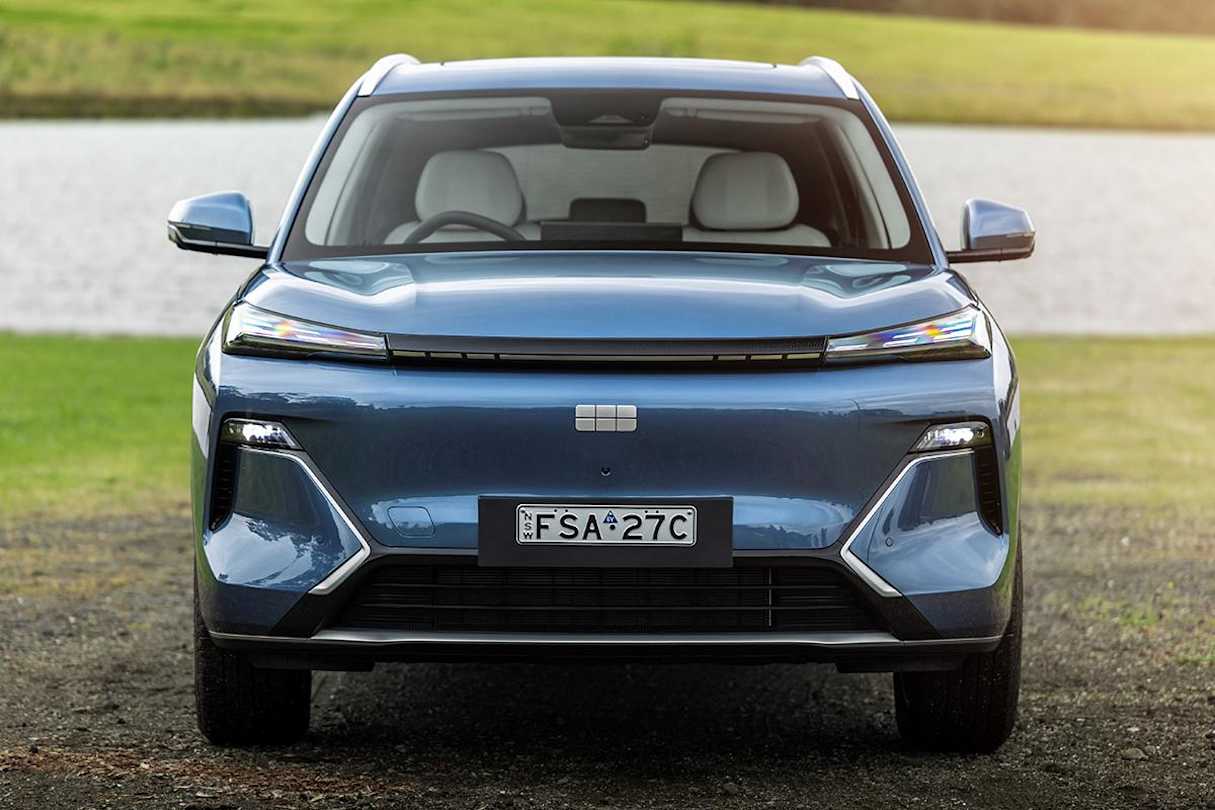
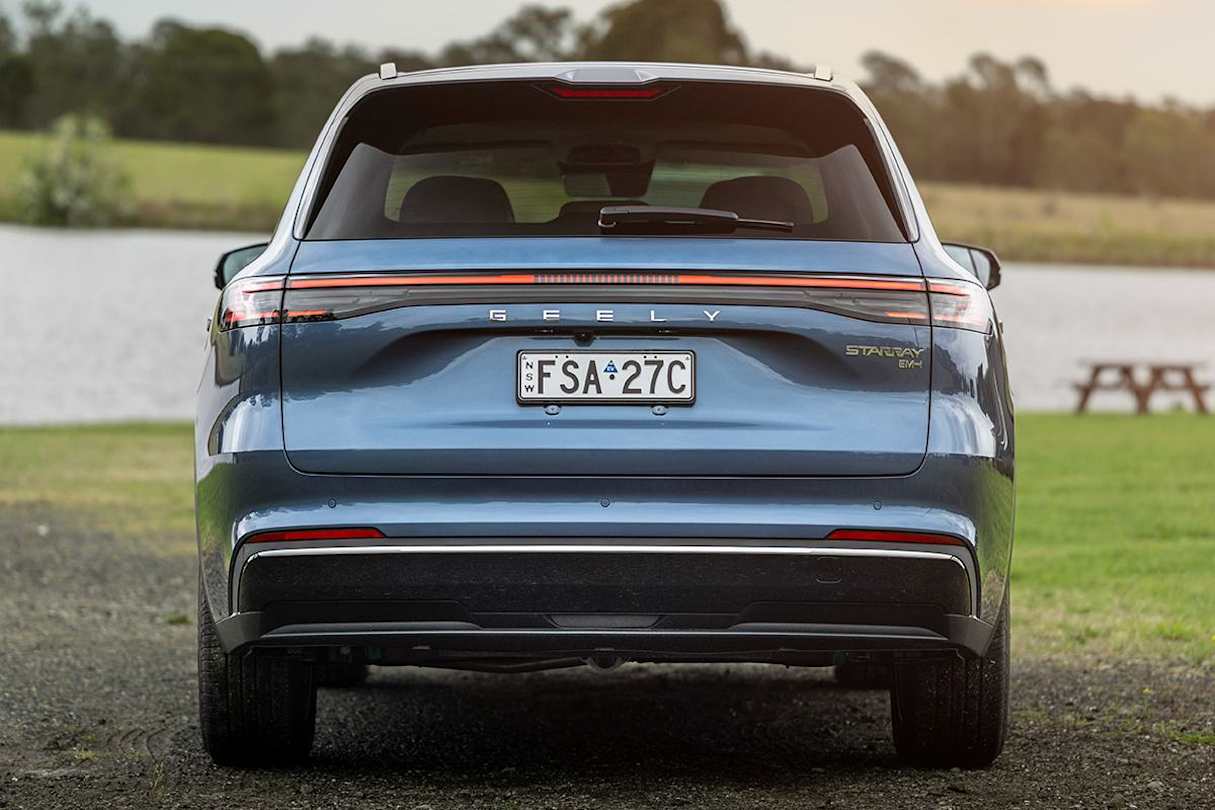




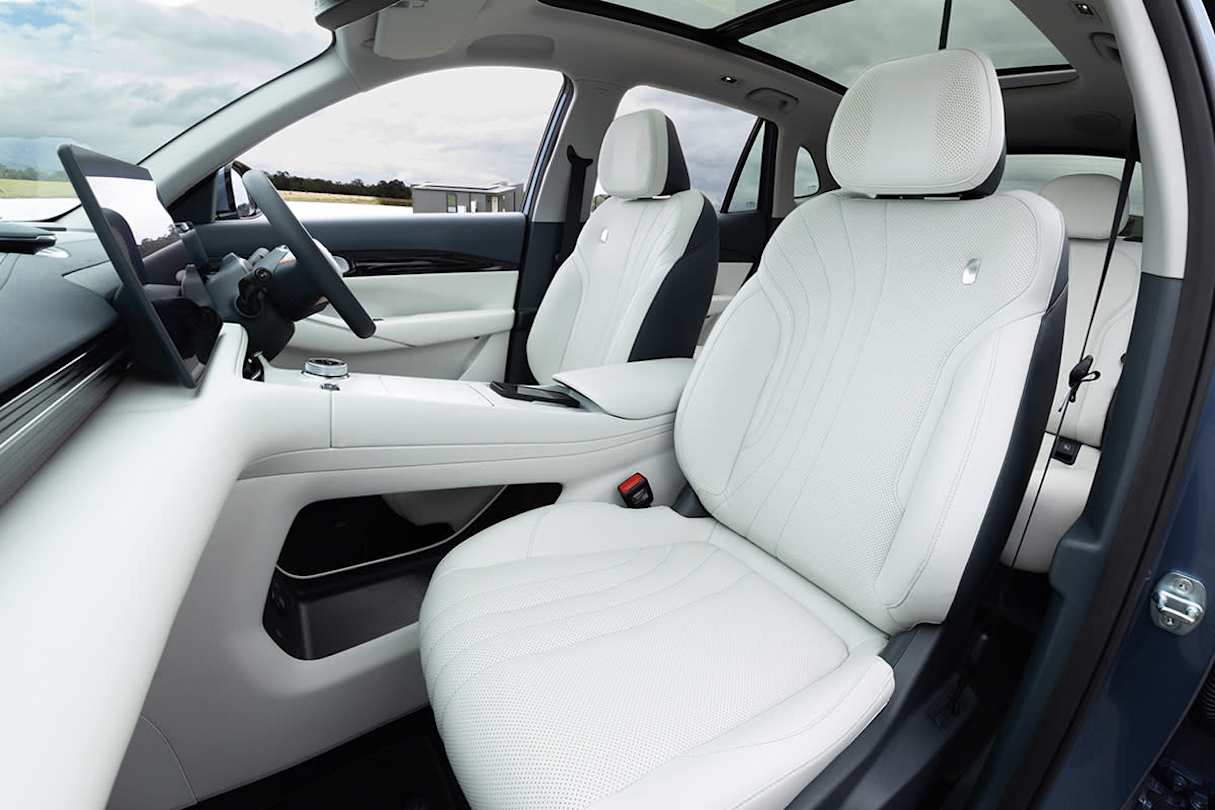
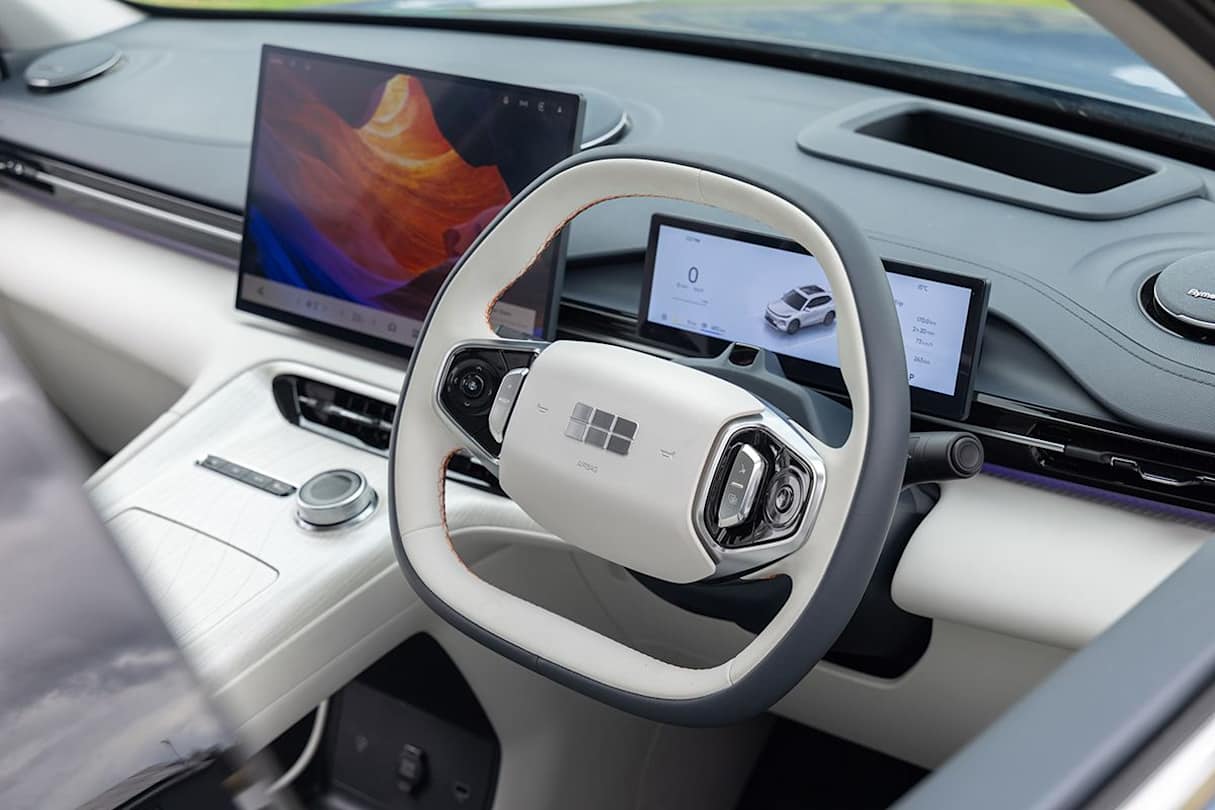
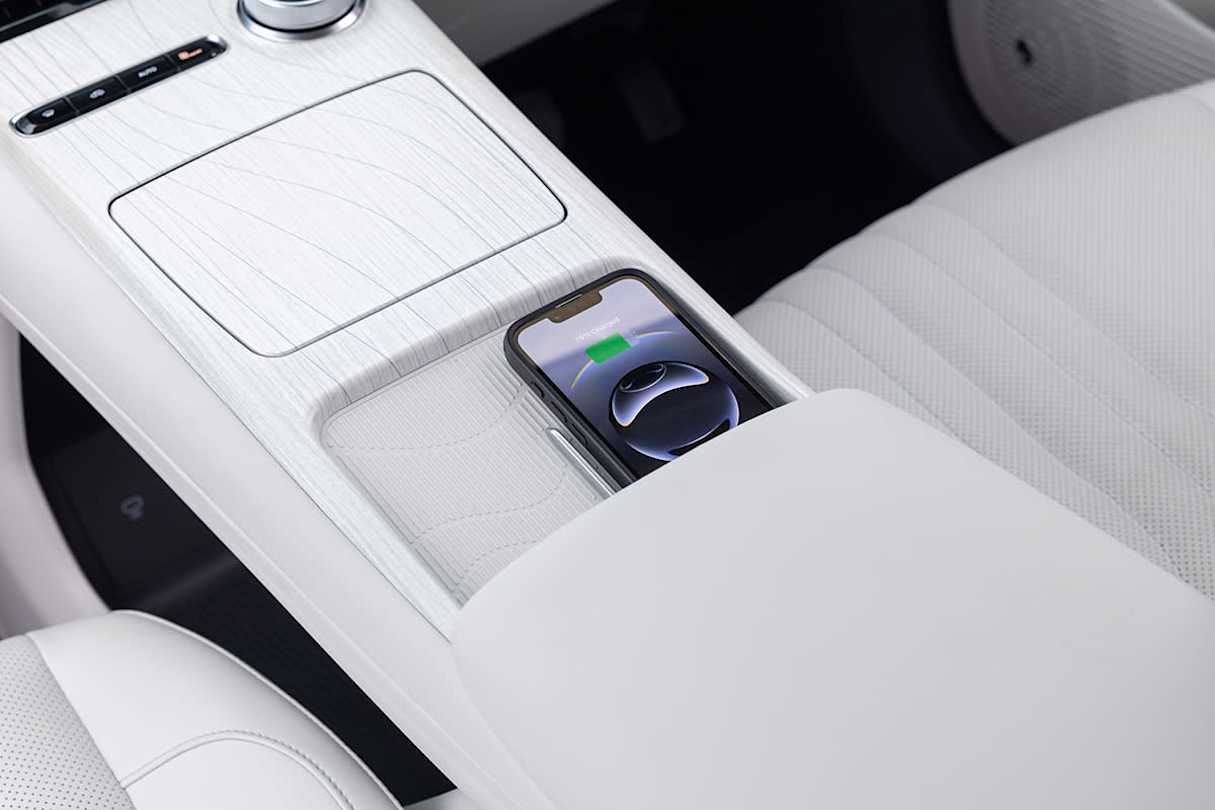



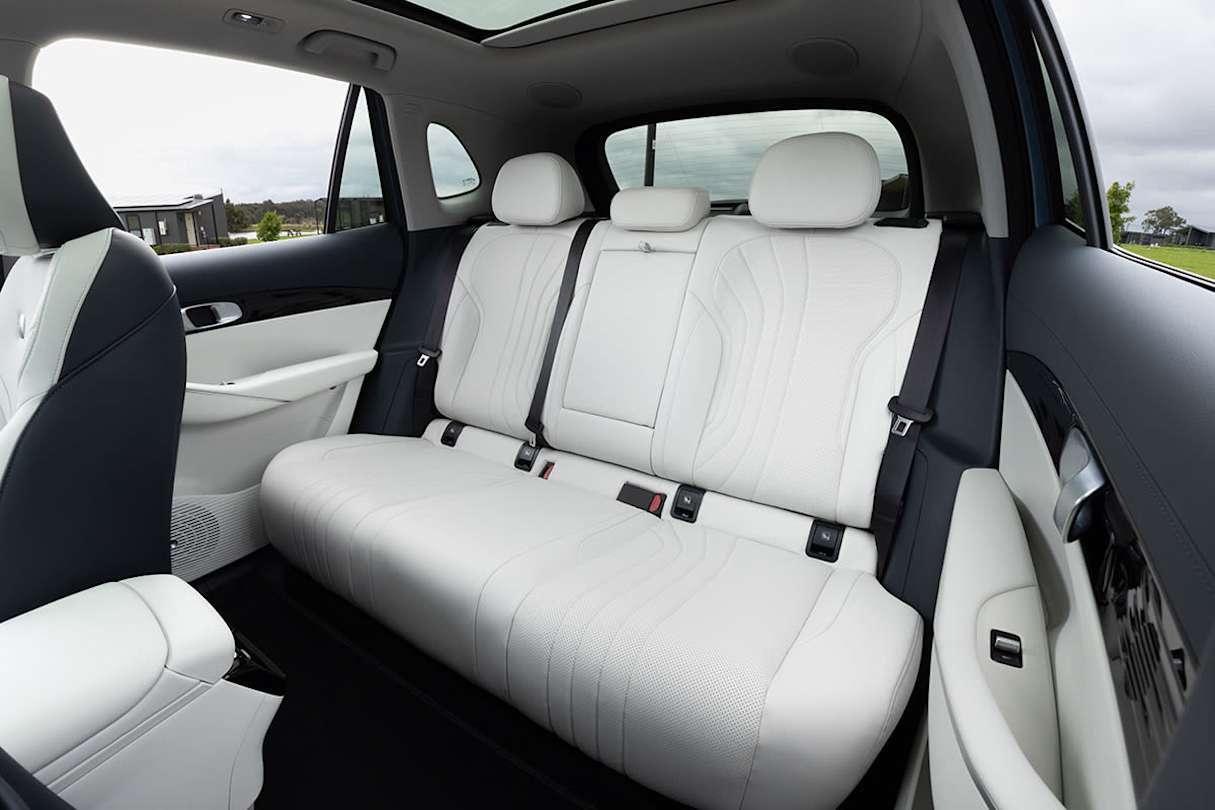
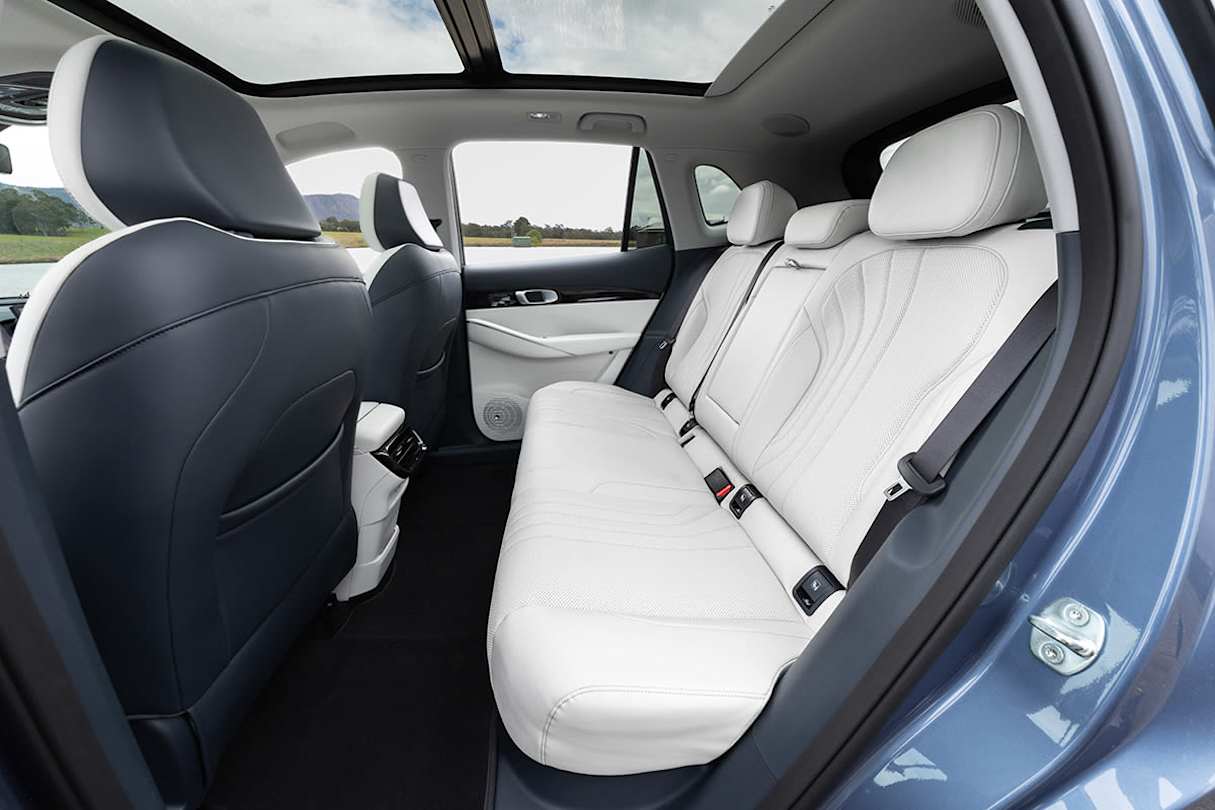
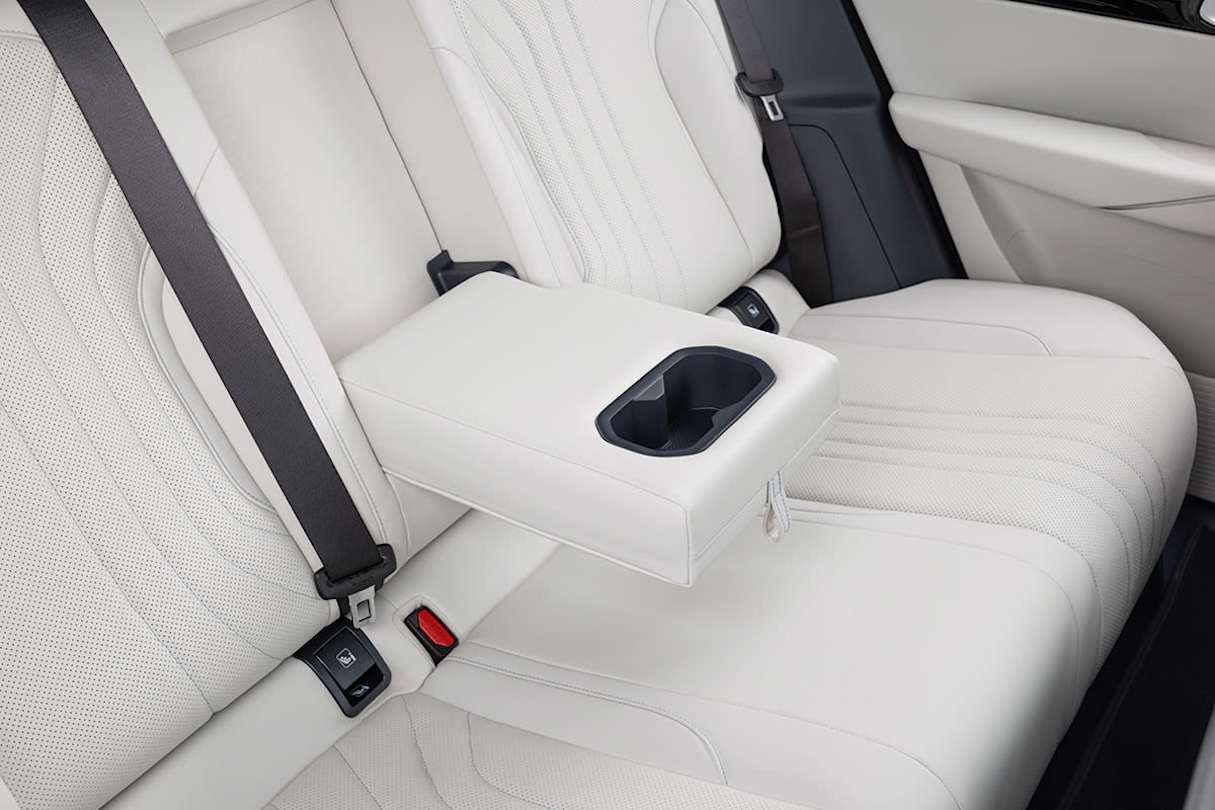



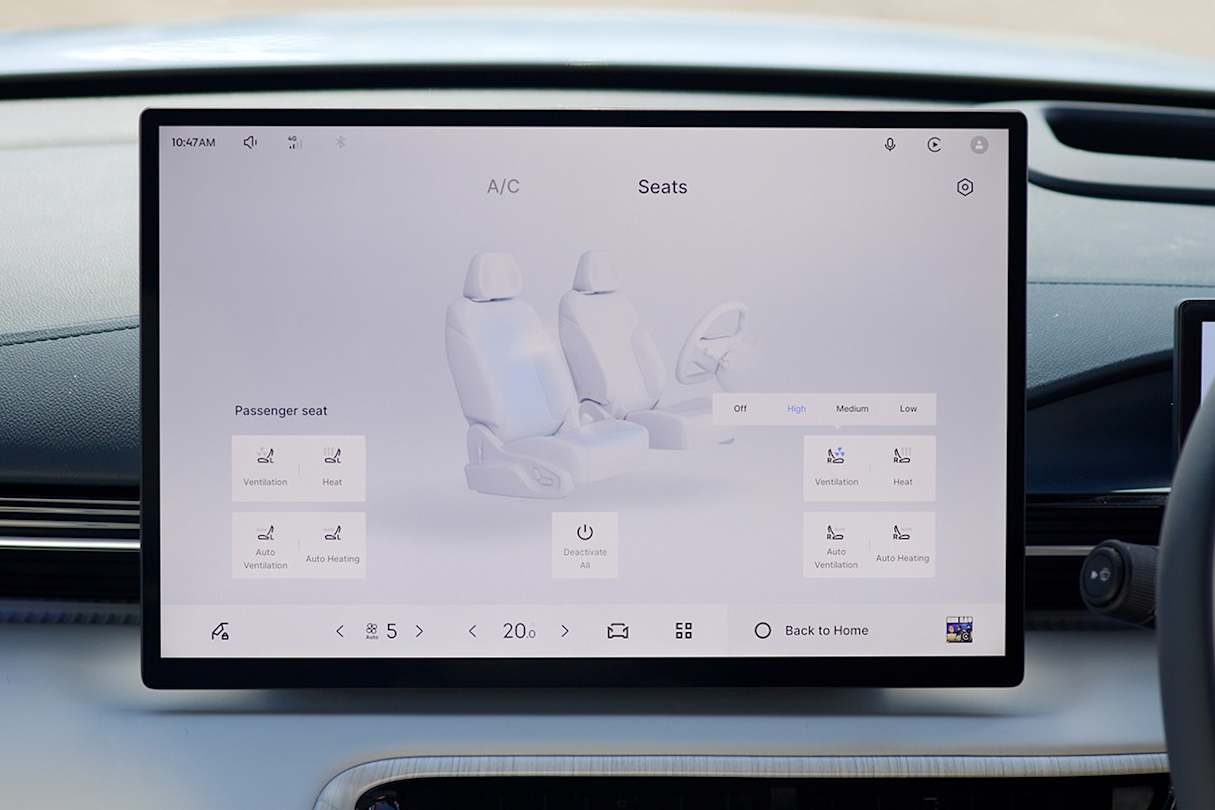
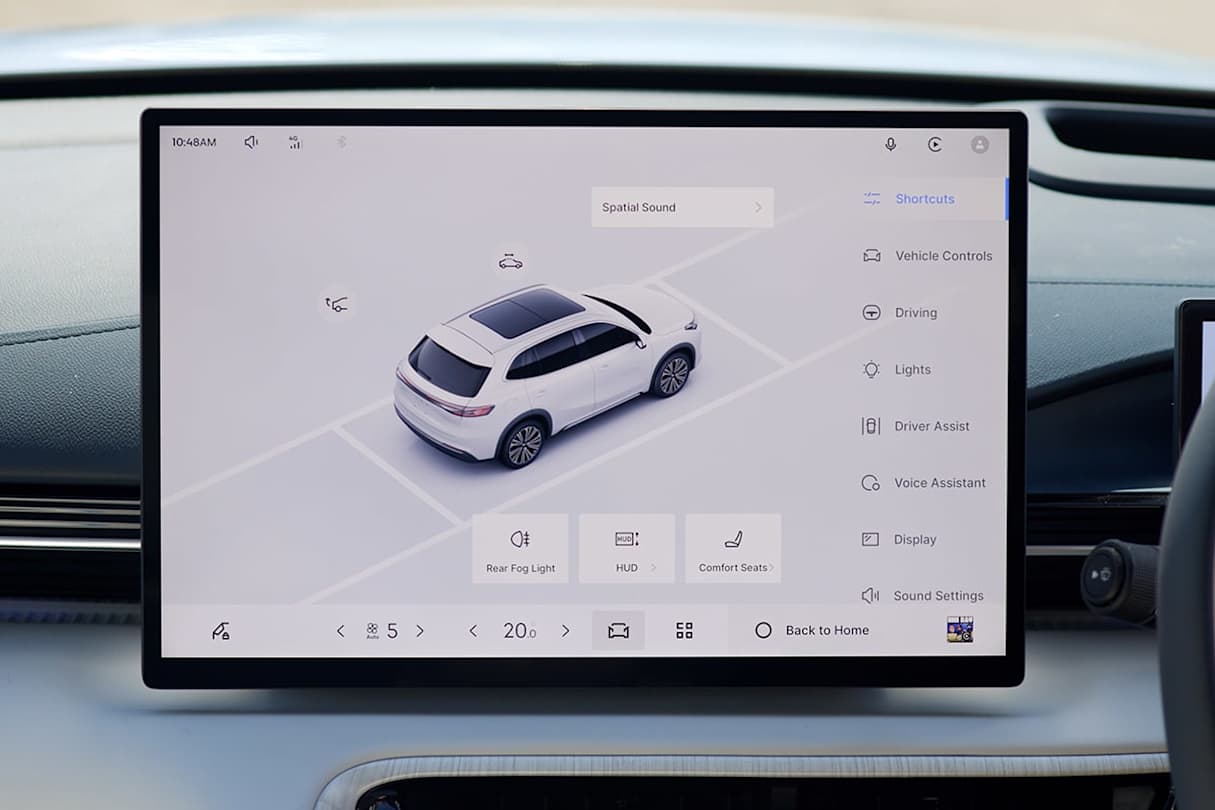


.jpg)
.jpg)

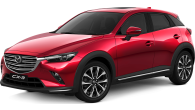
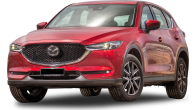





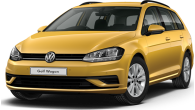

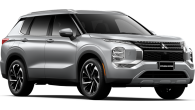









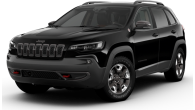
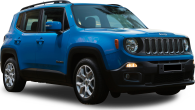













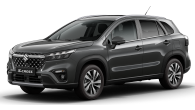
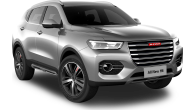





 copy.png)

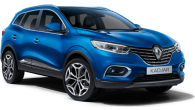




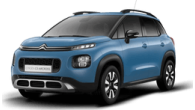






.jpg)





